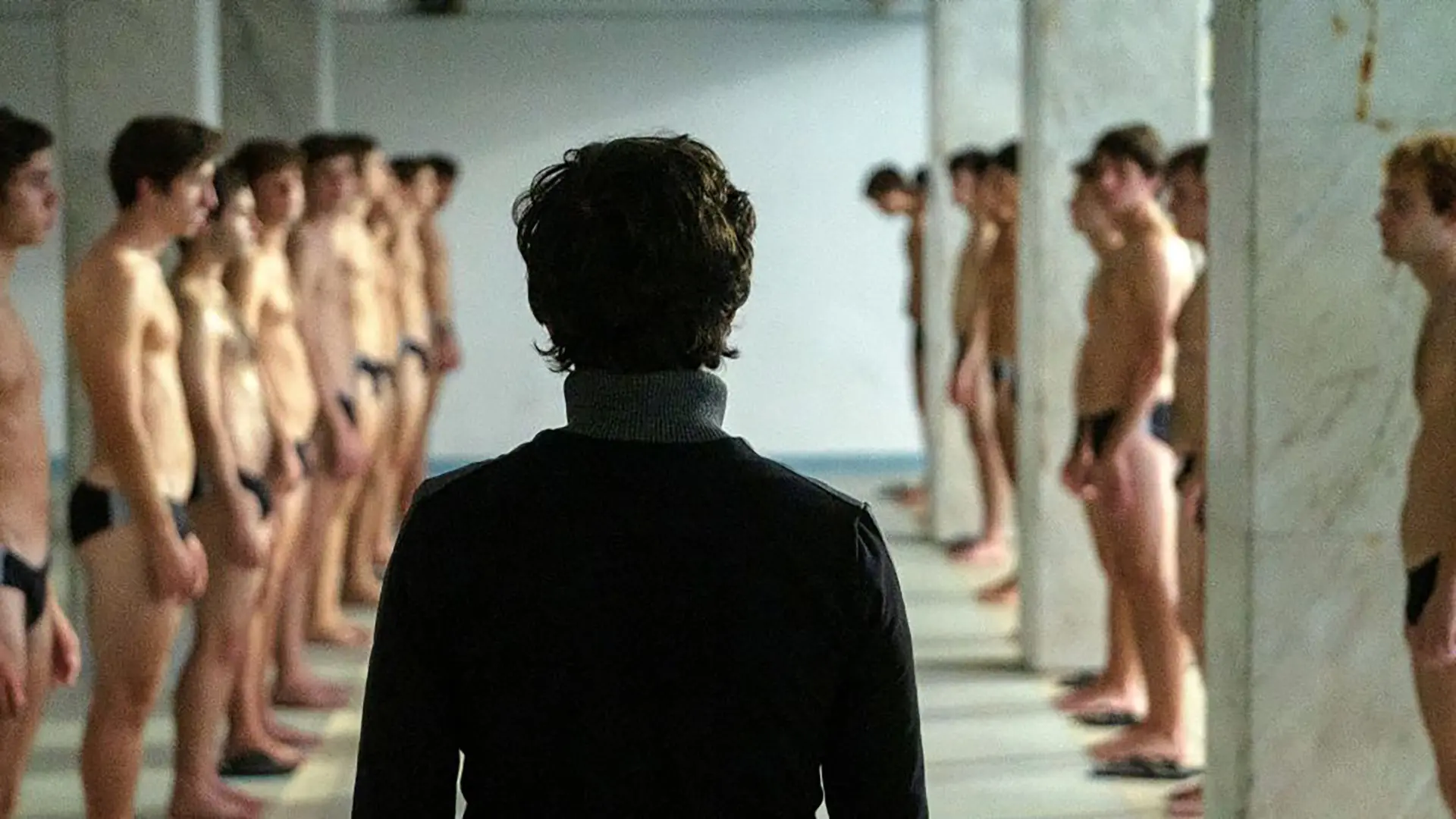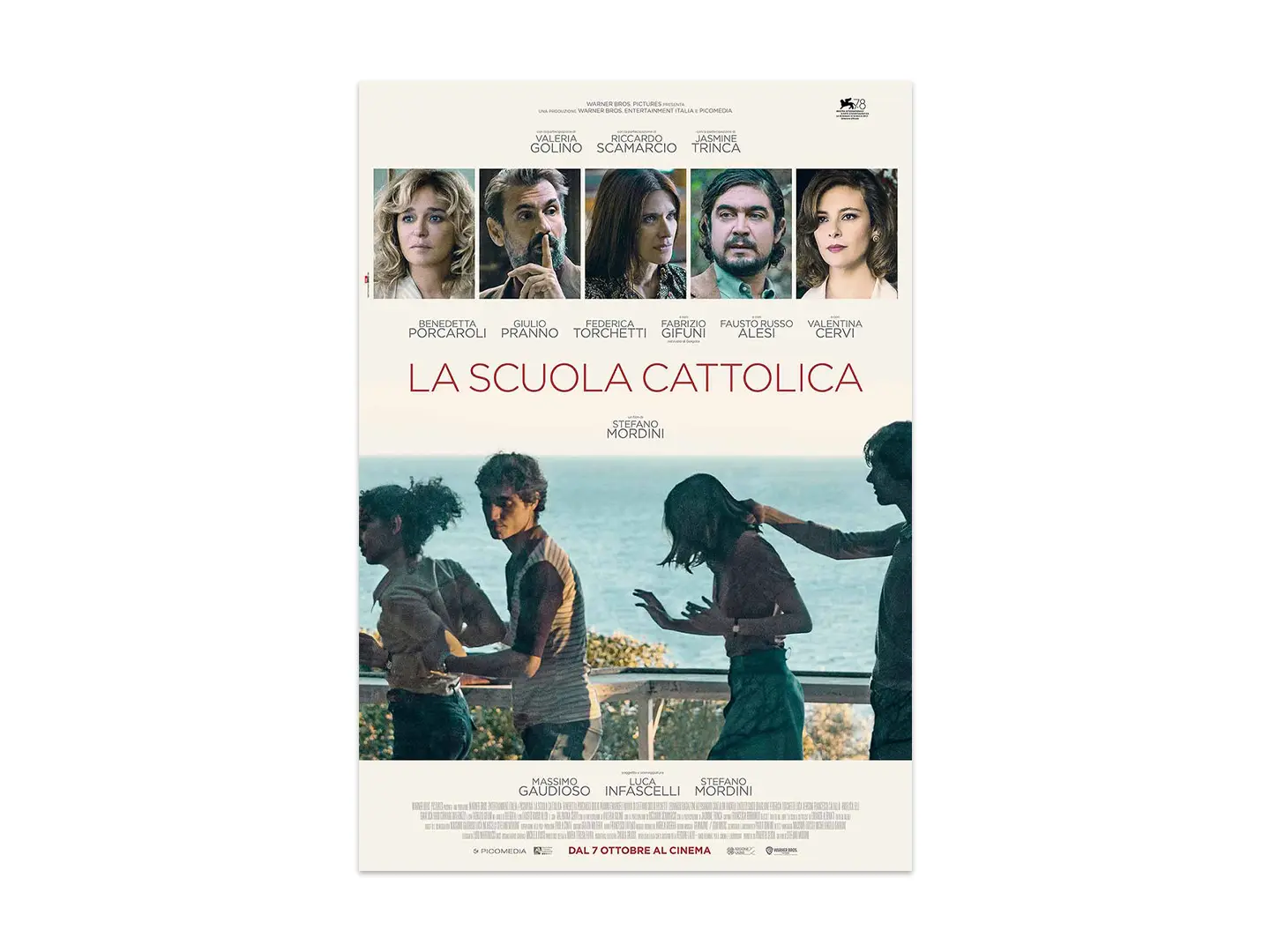In partnership with MiCodmc, a selection of establishments ripe for discovery during the 63rd edition of the Salone del Mobile.Milano, from 8th to 13th April
“La Scuola Cattolica” (The Catholic School), Stefano Mordini’s new film

Stefano Mordini has adapted Edoardo Albinati’s 2016 Strega Prizewinning novel: a story about growing up in Rome during the Years of Lead, and one of the most heinous crimes in Italian history, the Circeo murder.
Albinati’s novel is a flowing, Proustian work. More than a thousand pages long, it is an interweaving of historical research, memoir, fiction and non-fiction digression. The story of the Neo-Fascist militants, Angelo Izzo, Gianni Guido and Andrea Ghira and the horrendous slaughter of the teenage Donatella Colasanti and Rosaria Lopez at a villa overlooking the Circeo in September 1975 causes the atmosphere of normal repression, oppression and machismo permeating the water in which the students at an elite private school in the Trieste district live, like fish in an aquarium, to implode. The events described by the protagonist/author chime geographically and chronologically with those that, leading up to the massacre, demonstrated the extreme results of class-ridden and hierarchical Catholic education in an upmarket part of Rome which, despite its air of respectability, reveals itself to be far more ferocious and archaic. One openly programmed scene, in the film version, sees Raffaele Guido (Riccardo Scamarcio) taking his son hunting and teaching him to kill. A significant part of Albinati’s reflections is taken up with the theory of sadism, which would appear to be a hereditary tare transmitted by biological fathers and institutions, a virus whose only biological purpose is replication. It is precisely the absence or the ferocity of the male part to cause lost generations to emerge and, in some cases, to sow the seed of violence that will inevitably explode against those who are different, first and foremost against women. The Circeo massacre and its tortures is, amongst other things characterised by the intense desire for the reification of the victims that we observe in psychopaths.

Anachronistically and most unusually, the film was banned to anyone under the age of 18. The reason cannot have been the violence depicted in it, which is entirely explicit on the media. The censors, in fact, justified it with the ideologically central scene in which a teacher comments on a painting depicting the flagellation of Christ, placing victim and perpetrator on the same moral level. The trigger, which is extremely important, is discarded along with many others from the novel, alluded to but not fleshed out. The main problem with Mordini’s adaptation is in not letting go of the literary matrix, attempting to keep juggling as many narrative strands and themes as possible, finding himself defeated at the editing stage and having to resort to classic voice over “explanations.” On the other hand, the film attempts not to bring out the ideological colour of the characters in a didactic way, leaving the spaces and the locations to do the talking: the educational establishment is a large Fascist architectural complex, while the bourgeois interiors of the better-off students suggest, with all their horror vacui, the burden of heredity. It would also be interesting, also from a metafilmic point of view, to know why the director chose to give all the main (young) characters to beginners, assigning the secondary roles of the parents – nasty masters - to stars of the Italian acting scene (Riccardo Scamarcio, Valeria Golino, Jasmine Trinca and Fabrizio Gifuni). It is a shame about the extremely variable results in terms of performance.
When it comes down to it, La Scuola Cattolica simply paints a picture of a particular milieu and provides a historical re-enactment of a heinous criminal event, presented in an even tone, without too much splatter or artificial colouring. The themes are simply enunciated and gain traction from the connection with the contemporary debate on the nefarious effects of the combination of traditional values and testosterone. One is left feeling that, with a subject that could potentially have informed a second Salò or the 120 Days of Sodom, the absence of a Pier Paolo Pasolini could not have been more obvious. What is lacking is the courage, the depth, the recklessness, the desire to arrive at the extreme consequences in terms both of images and – especially – of philosophical investigation. The upshot is an average Italian product that does not attempt to be, cannot be and should not be a cold case documentary, but lacks the capacity to achieve the complexity of a film/essay.


 Stories
Stories










